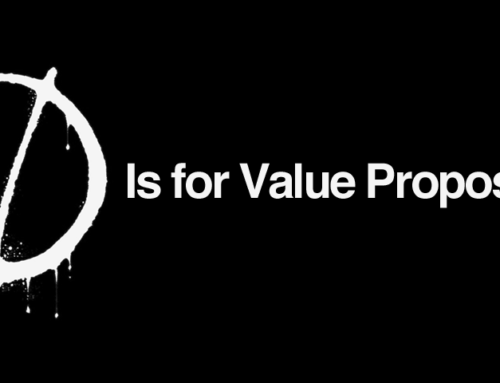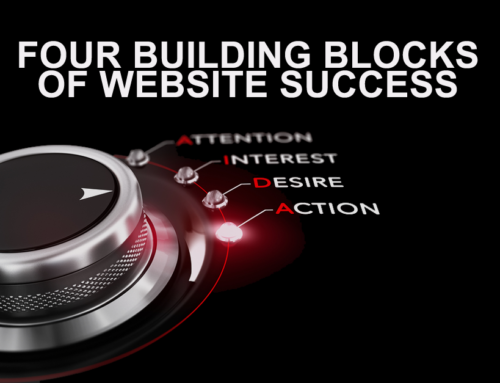Chances are good that your software development project will never be done (unless it’s deprecated and unplugged!). Here’s our six stage plan for keeping technology alive and well throughout the development lifecycle.
Design
Planning is a luxury we cannot afford!
– CEO of a company no longer in business
Design is critical to software project success, whether addressing architecture or appearance. I personally prefer a “kickoff” and then taking some time to think about the project before putting anything down on paper or a whiteboard.
I recently watched the documentary Objectified (http://www.imdb.com/title/tt1241325/), one of the best hours I’ve ever “invested” in watching TV. Peeking behind the curtain at Apple via the eyes of Jonny Ives was inspiring. When it comes to design, there’s always more to learn.
Although I have a complex “internal” mapping in my approach to design, I can break out 3 main tenets when I start a new project:
- Develop a strong architectural model for the system – thinking not only of the first phase (but hopefully the tenth!) so that the system can grow and adapt over time.
- Ensure options of the system are visible. Sorry, I’m not a fan of “Easter Egg” or “Hide & Go Seek” features and menus.
- Simplify… Less clutter means more happiness to users.
And then…
Build
The way to get started is to quit talking and begin doing.
– Walt Disney
Rubber, meet road. Your product can’t drive revenue on the whiteboard or wall covered with Post-It Notes. After design reaches a reasonable point, build something. Some (or all) of your development efforts may be thrown away, but start. For the past few years, the scrum and agile methodologies have dominated popular programming circles (I’m old – we called it “step-wise refinement” because we sucked at marketing words). Develop small bits, get ‘em working, then move on to the next small bit. Test. Test. Test again. Make the best product possible with the fewest amount of features (yes, strip things away until you’ve gone too far).
But…
Ship
If you wait until you are ready, it is almost certainly too late.
– Seth Godin
Along the way of building your product, you’re going to make sacrifices. You can try to put 9 mothers in a room to have a baby in a month as you build, but you have to give birth. Cut features that are dragging if you must, but get something out for people to use.
And then you have to…
Listen
We have two ears and one mouth so that we can listen twice as much as we speak.
– Epictetus
Feedback from users and customers is essential to the long-term success of your development project. Ask questions of the people that matter – customers and employees – listen to their answers and question more. Act quickly on those issues you can fix quickly. And respond with gratitude. Ensure that your team is empowered to gather feedback all the time.
No doubt you must…
Adapt
The measure of intelligence is the ability to change.
– Albert Einstein
Use the feedback in your short-, medium- and long-term development strategies. The things you are finding out from your customers can help you make your product better, faster, easier and more complete.
Unless the project is over, you’ll…
Repeat
A baseball swing is a very finely tuned instrument. It is repetition, and more repetition, then a little more after that.
– Reggie Jackson
You will repeat through this loop through the entirety of your product’s lifecycle. If it’s a website, it’s certainly an organic entity, needing attention on a very regular basis. If it’s an application, user feedback will dictate enhancements along the way, whether improving, adding or removing features.
So now, it’s time to…






Leave A Comment